15 Ways To Tackle Cat Boredom And Aggression, According To Experts
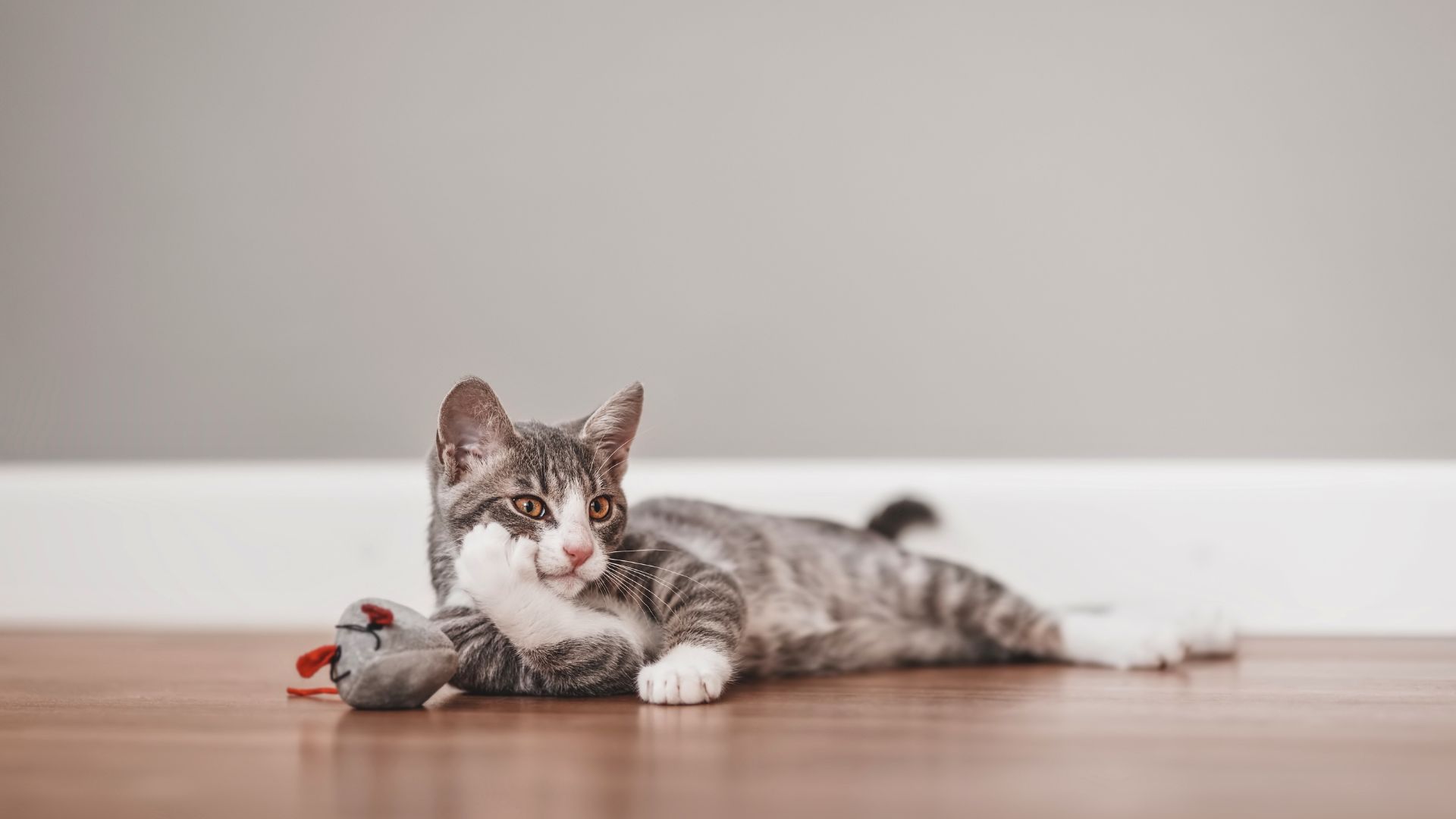
Cats, like humans, can feel bored and even get a bit moody at times. When our feline friends start showing signs of boredom or aggression, it’s often their way of telling us they need a little more stimulation or a change in routine.
Experts suggest various ways to keep cats engaged and content. This post explores 15 creative and expert-backed strategies to help your cat stay happy and reduce any aggressive tendencies.
1. Interactive Play Sessions
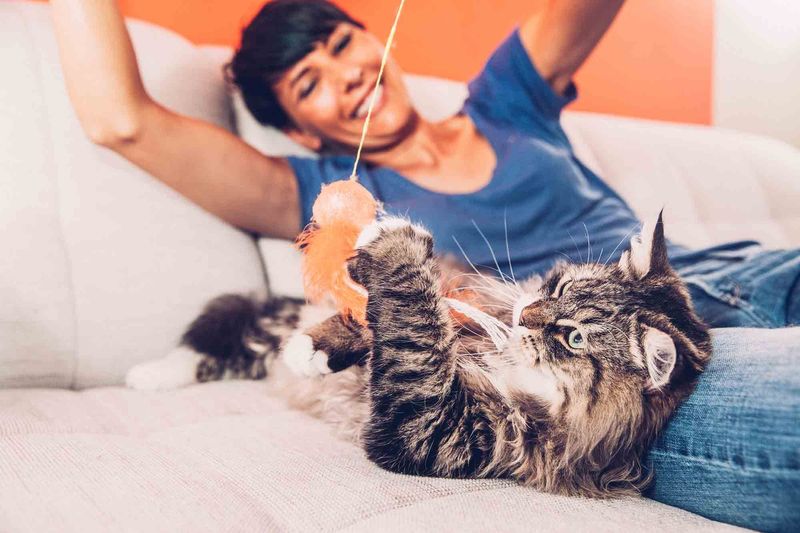
Keeping your cat entertained with interactive play sessions is a great way to tackle boredom. Toys like feather wands, laser pointers, and motorized mice mimic the movements of prey, engaging your cat’s natural hunting instincts.
Spend at least 15 to 20 minutes a day with your cat, switching toys to keep the activity fresh and exciting. This can help reduce aggression as your cat releases pent-up energy.
Moreover, interactive play strengthens the bond between you and your pet, making them feel more secure and loved. It’s a simple yet effective way to ensure your feline friend remains active and happy.
2. Puzzle Feeders
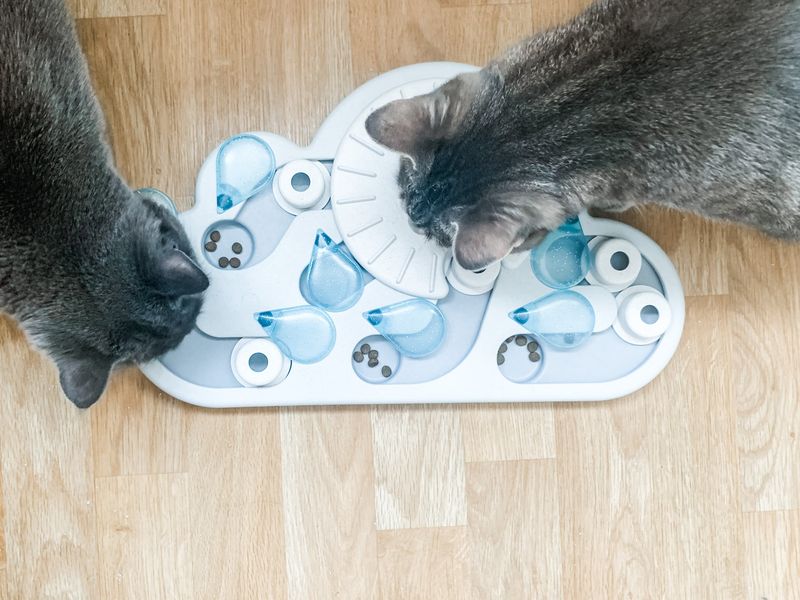
Puzzle feeders are excellent tools for mentally stimulating your cat. They challenge your pet to work for their food, staving off boredom by engaging their problem-solving skills.
Choose a feeder that suits your cat’s level of expertise to keep them interested. Gradually increase the difficulty as your cat becomes more adept at solving puzzles.
Not only do these feeders provide mental stimulation, but they also slow down eating, which can be beneficial for cats prone to overeating. With puzzle feeders, your cat stays busy and satisfied.
3. Cat Trees And Perches
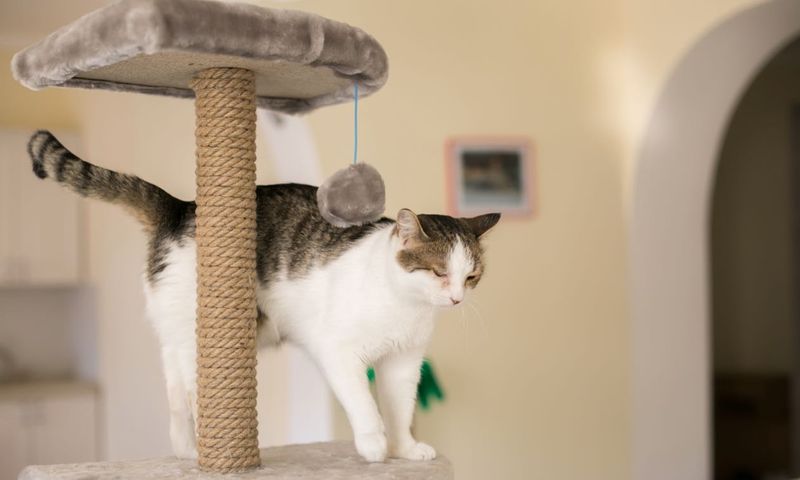
Cat trees and perches offer your cat a place to climb, explore, and relax. Position them in areas where your cat can enjoy a view, like by a window.
Climbing helps exercise your cat’s muscles, while elevated spaces provide a sense of security and territory. These structures can greatly reduce stress and aggression by giving your cat a personal space to retreat.
Adding a variety of textures and heights to the cat tree enhances the experience, keeping your cat entertained and engaged.
4. Scheduled Playtime
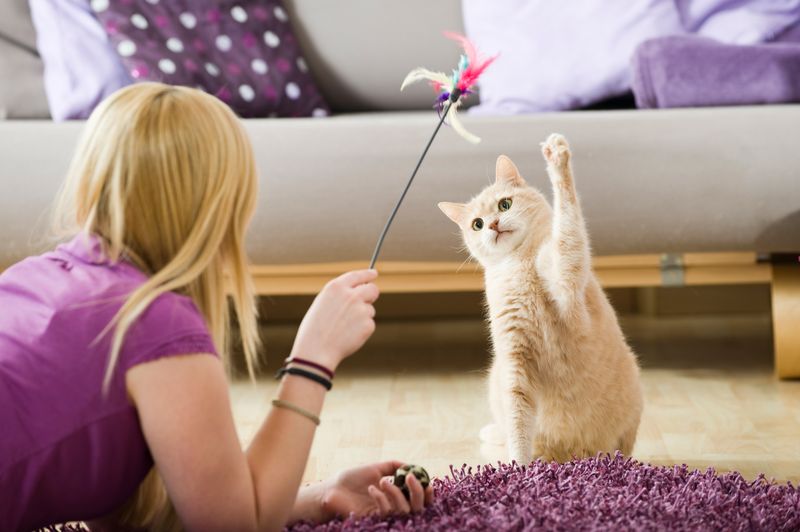
Establishing a regular play schedule can help manage your cat’s energy levels and reduce aggressive behavior.
Cats thrive on routine, so try to play with them at the same time every day. Use a mix of toys to keep things lively and prevent boredom.
Consistency helps your cat know when to expect activity, which can alleviate anxiety and reduce unwanted behaviors.
Incorporating family members into playtime also strengthens social bonds, making your cat feel more secure and content.
5. Training With Treats
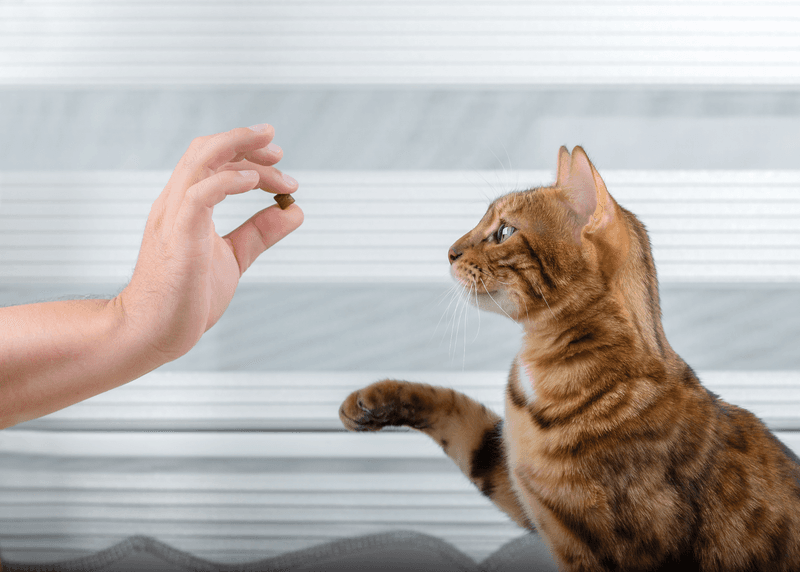
Training sessions using treats can double as play and learning opportunities for your cat. Teaching simple commands or tricks engages your cat’s mind, providing both mental stimulation and physical activity.
Start with basic commands like ‘sit’ or ‘high-five,’ rewarding your cat with a treat for each successful attempt.
This positive reinforcement encourages good behavior and can reduce aggression by redirecting energy.
These sessions can also improve communication between you and your pet, fostering a deeper understanding and connection.
6. Nature Sounds And Music

Playing nature sounds or soft music can have a calming effect on your cat. These sounds mimic the natural environment, providing auditory enrichment that distracts from boredom.
Experiment with different genres to find what your cat prefers. Some cats enjoy classical music, while others might relax to the sounds of a rainforest.
This auditory stimulation can be particularly beneficial for indoor cats who miss out on the sounds of nature, helping to soothe anxiety and reduce aggression.
7. Catnip And Silvervine
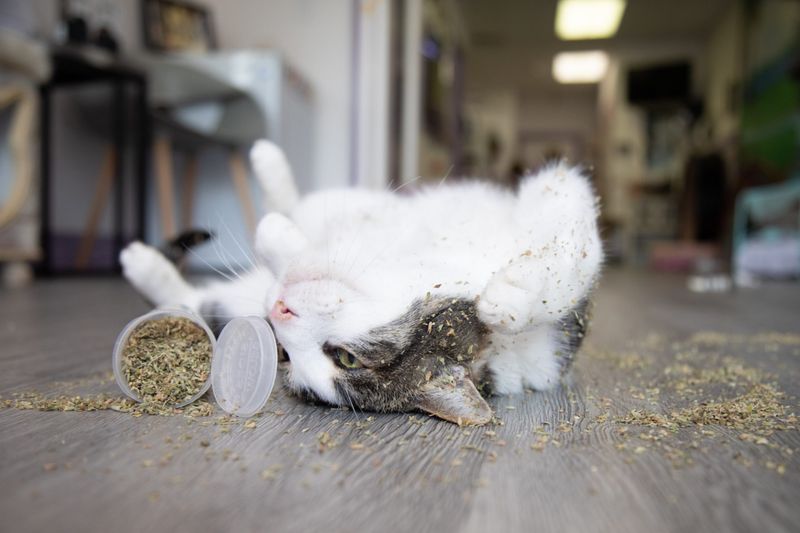
Catnip and silvervine can provide temporary euphoria and excitement for many cats. Offering these plants in toys or sprays can stimulate playful behavior.
Not all cats respond to catnip, so silvervine is a great alternative. Both can help break the cycle of boredom-induced aggression by encouraging activity and exploration.
Use with moderation, as overexposure may reduce their effectiveness. Rotate between different stimulating activities to maintain your cat’s interest.
8. Clicker Training
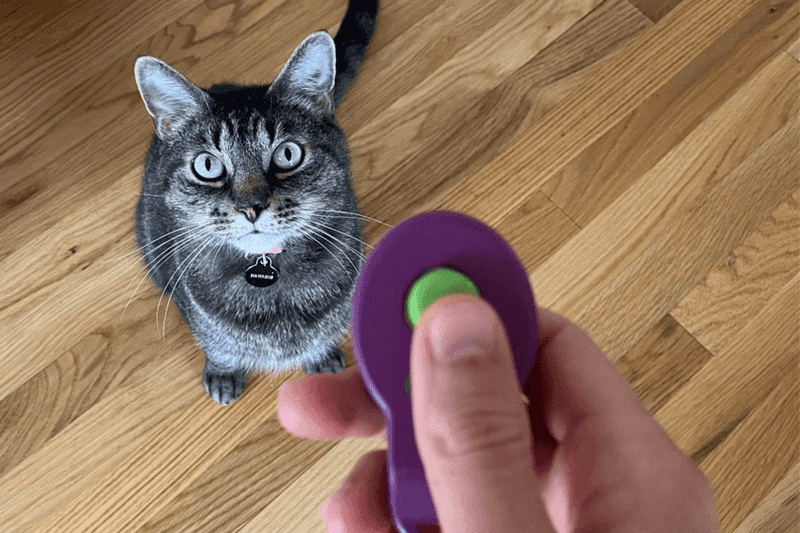
Clicker training is an effective way to engage your cat’s mind and body. This method uses a click sound to mark desired behaviors, followed by a reward.
Start with simple tasks, gradually increasing complexity as your cat learns. This training can redirect your cat’s energy and reduce aggressive tendencies by focusing on positive activities.
Clicker training not only entertains but also builds trust and communication between you and your feline friend.
9. Rotating Toys

Rotating your cat’s toys can keep things exciting and prevent boredom. Keep a stash of different toys and only bring out a few at a time.
Once your cat loses interest, swap them out for new ones. This keeps playtime fresh and stimulating, catering to your cat’s curiosity.
By regularly introducing new toys, you also prevent aggressive behaviors that arise from boredom, ensuring your cat remains active and happy.
10. Outdoor Enclosures
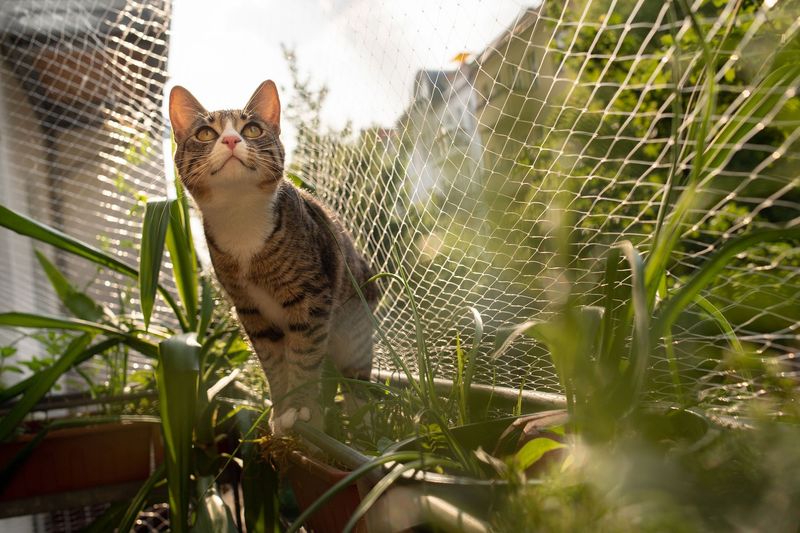
Outdoor enclosures, or ‘catios’, offer your cat a safe way to enjoy the outdoors. These spaces provide fresh air, natural light, and a variety of sights and scents.
Set up climbing structures, toys, and comfy resting spots to enrich the experience. Watching birds and insects can keep your cat entertained for hours, reducing indoor boredom and aggression.
‘Catios’ offer physical exercise opportunities, crucial for maintaining your cat’s health and happiness.
11. Bird Feeders By Windows
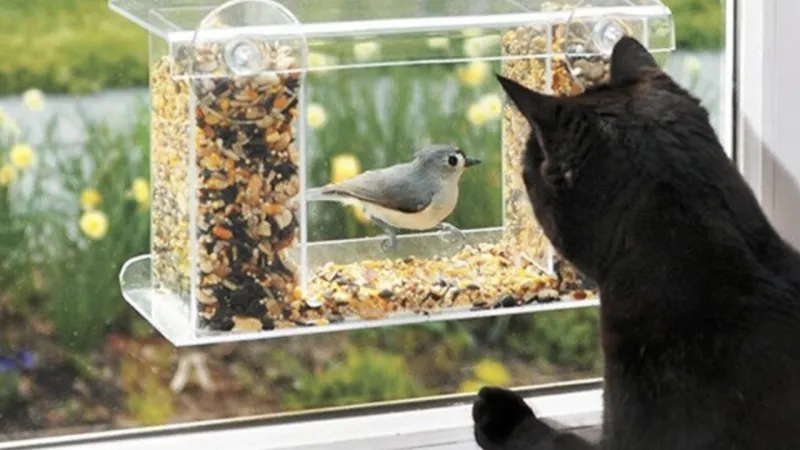
Placing bird feeders outside windows can provide hours of entertainment for indoor cats. The movement and sound of birds attract your cat’s attention, simulating a hunting environment.
Ensure the window area is safe and comfortable for your cat to sit and observe. This setup can stimulate your cat’s natural instincts, reducing feelings of boredom and aggression.
Bird watching keeps your cat mentally engaged, offering a peaceful yet exciting activity to look forward to.
12. Aromatherapy For Cats
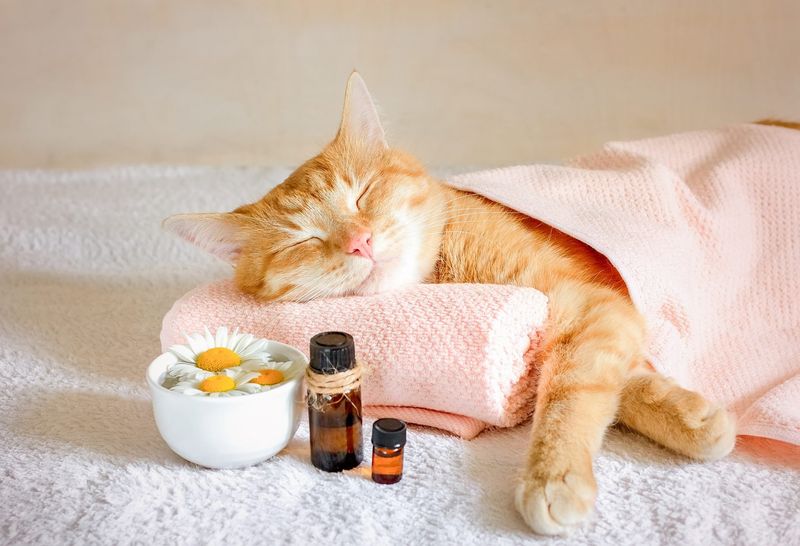
Aromatherapy can be soothing for cats when used correctly. Certain scents, like lavender and chamomile, are known to have calming effects.
Use a diffuser to gently disperse cat-safe essential oils in their environment. Always ensure the oils are safe for pets, as some can be harmful.
This approach helps create a calming atmosphere, reducing stress and potential aggression in nervous cats.
13. Feline Agility Courses
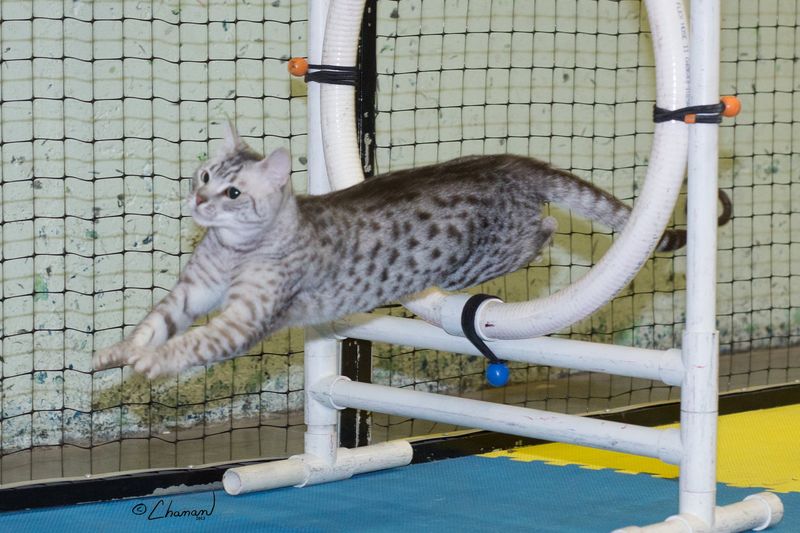
Set up a feline agility course to challenge your cat physically and mentally. Use tunnels, jumps, and weave poles to create an engaging obstacle course.
Training your cat to navigate the course provides a fun way to burn off energy and stimulate their mind. This physical activity can reduce aggression by channeling energy into positive outlets.
Agility courses are not only a fantastic workout but also a bonding experience for you and your cat.
14. Quality Time And Cuddles
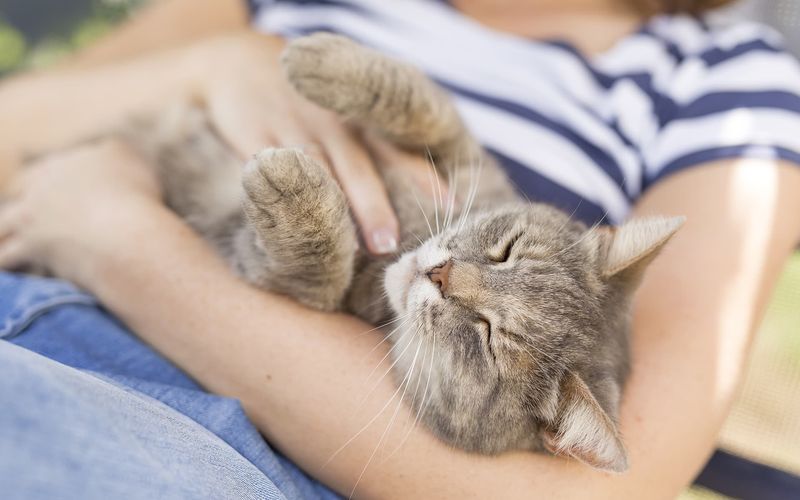
Spending quality time with your cat can alleviate boredom and reduce aggression. Simple activities like cuddling, gentle petting, or just being present provide comfort and security.
Cats are social animals and thrive on interaction with their human companions. Regularly setting aside time to bond helps them feel loved and content.
Even short, frequent interactions can make a big difference in your cat’s mood and behavior, ensuring they remain happy and affectionate.
15. Introduction Of New Scents
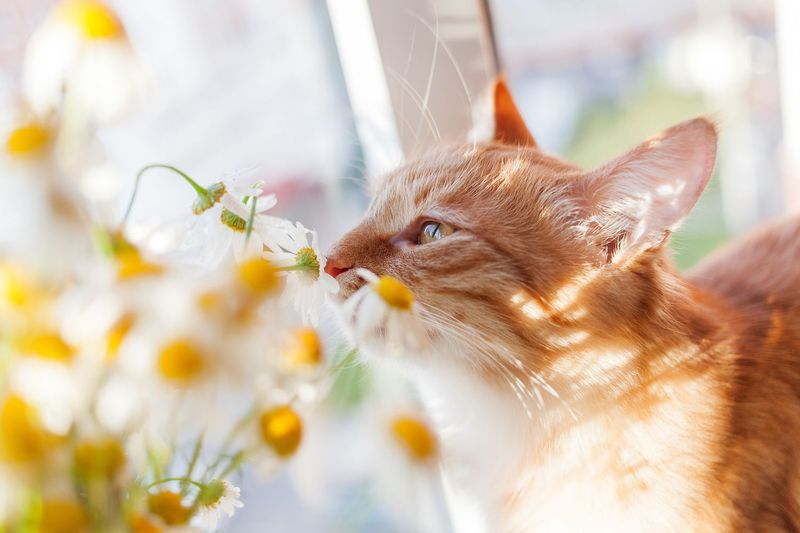
Introducing new scents can be an enriching experience for your cat. Use cat-safe items like herbs, flowers, or even a piece of clothing.
Present these items in areas your cat frequents, allowing them to explore and investigate. This can stimulate their senses and break up monotony.
By adding variety to their environment, new scents can help reduce boredom-induced aggression, keeping your cat curious and engaged.






